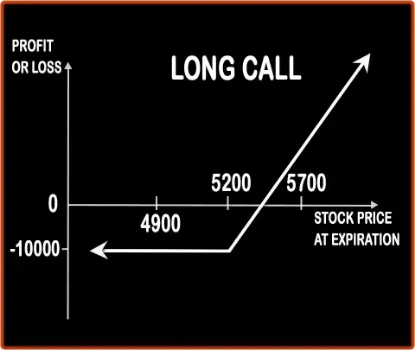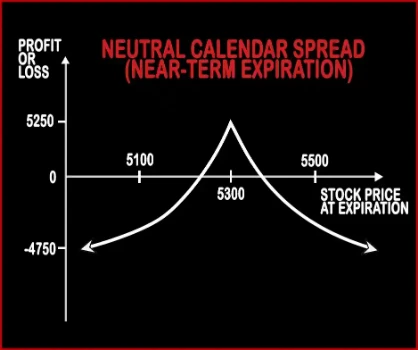Compare Strategies
| LONG CALL | NEUTRAL CALENDAR SPREAD | |
|---|---|---|

|

|
|
| About Strategy |
Long Call Option StrategyThis is one of the basic strategies as it involves entering into one position i.e. buying the Call Option only. Any investor who buys the Call Option will be bullish in nature and would be expecting the market to give decent returns in the near future. Risk:
|
Neutral Calendar Spread Option strategyThis strategy is implemented if the trader is neutral in the near future for say 2 months or so. This strategy involves writing of Near Month 1 ATM Call Option and buying 1 Mid Month ATM Call Option, hence reducing the cost of purchase, with the same strike price of the same underlying asset. This strategy is used when the trader wants to make money from the .. |
LONG CALL Vs NEUTRAL CALENDAR SPREAD - Details
| LONG CALL | NEUTRAL CALENDAR SPREAD | |
|---|---|---|
| Market View | Bullish | Neutral |
| Type (CE/PE) | CE (Call Option) | CE (Call Option) |
| Number Of Positions | 1 | 2 |
| Strategy Level | Beginner Level | Beginners |
| Reward Profile | Unlimited | Limited |
| Risk Profile | Limited | Limited |
| Breakeven Point | Strike Price + Premium | - |
LONG CALL Vs NEUTRAL CALENDAR SPREAD - When & How to use ?
| LONG CALL | NEUTRAL CALENDAR SPREAD | |
|---|---|---|
| Market View | Bullish (Any investor who buys the Call Option will be bullish in nature and would be expecting the market to give decent returns in the near future.) | Neutral |
| When to use? | This strategy work when an investor expect the underlying instrument move in upward direction. | This strategy is implemented if the trader is neutral in the near future for say 2 months or so. This strategy involves writing of Near Month 1 ATM Call Option and buying 1 Mid Month ATM Call Option. |
| Action | Buying Call option | Sell 1 Near-Term ATM Call, Buy 1 Long-Term ATM Call |
| Breakeven Point | Strike price + Premium | - |
LONG CALL Vs NEUTRAL CALENDAR SPREAD - Risk & Reward
| LONG CALL | NEUTRAL CALENDAR SPREAD | |
|---|---|---|
| Maximum Profit Scenario | Underlying Asset close above from the strike price on expiry. | Maximum Profit Limited When underlying stock price remains unchanged on expiration of the near month options. |
| Maximum Loss Scenario | Premium Paid | It occurs when the stock price goes down and stays down until expiration of the longer term options. |
| Risk | Limited | Limited |
| Reward | Unlimited | Limited |
LONG CALL Vs NEUTRAL CALENDAR SPREAD - Strategy Pros & Cons
| LONG CALL | NEUTRAL CALENDAR SPREAD | |
|---|---|---|
| Similar Strategies | Protective Put | Long Put Butterfly, Iron Butterfly |
| Disadvantage | • In this strategy, there is not protection against the underlying stock falling in value. • 100% loss if the strike price, expiration dates or underlying stocks are badly chosen. | • Lower profitability • Must have enough experience. |
| Advantages | • Less investment, more profit. • Unlimited profit with limited risk. • High leverage than simply owning the stock. | • Almost zero margin required. • Ability to profit from time decay, limited risk. • This strategy allows you to transform position into long position. |